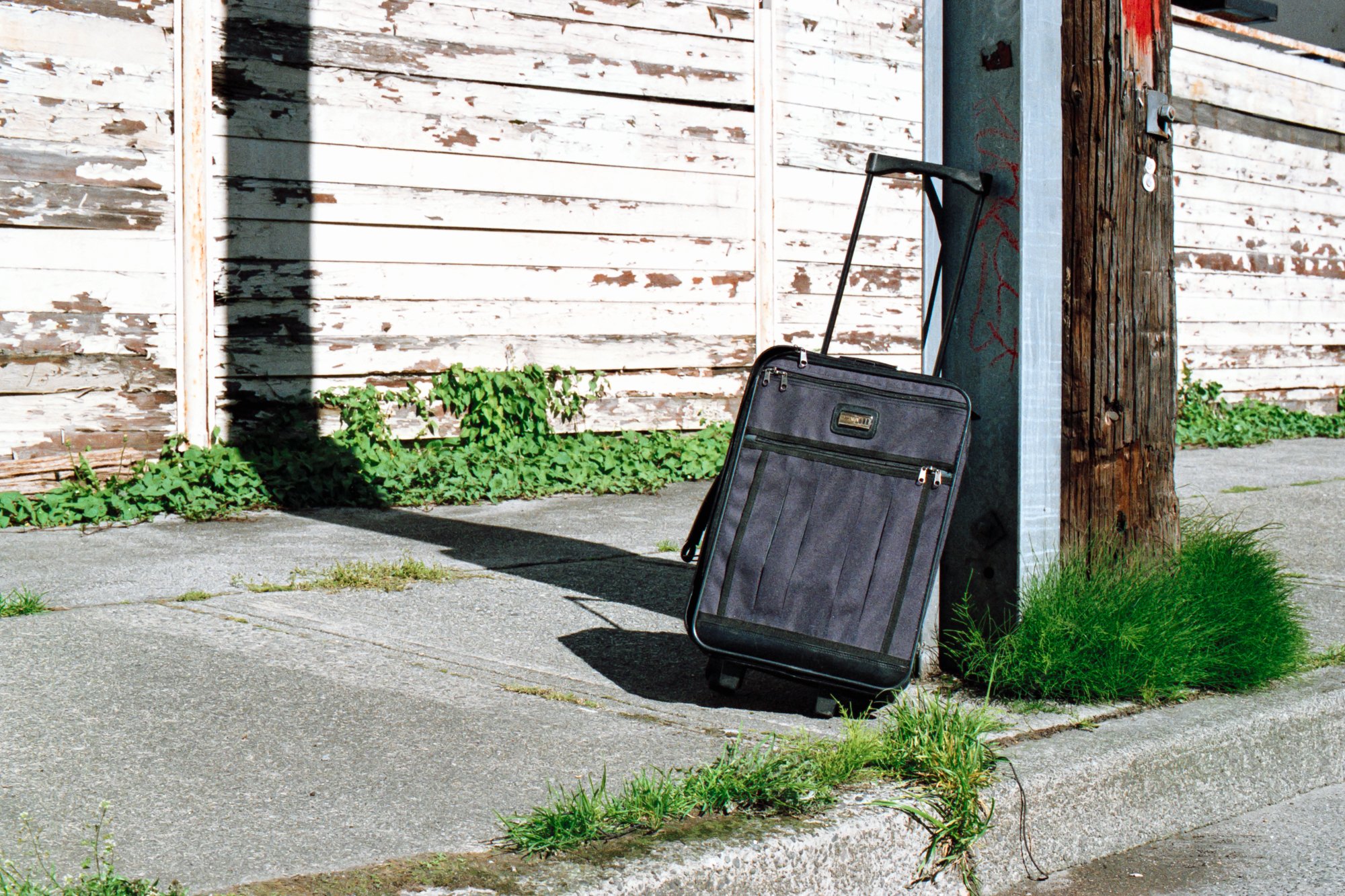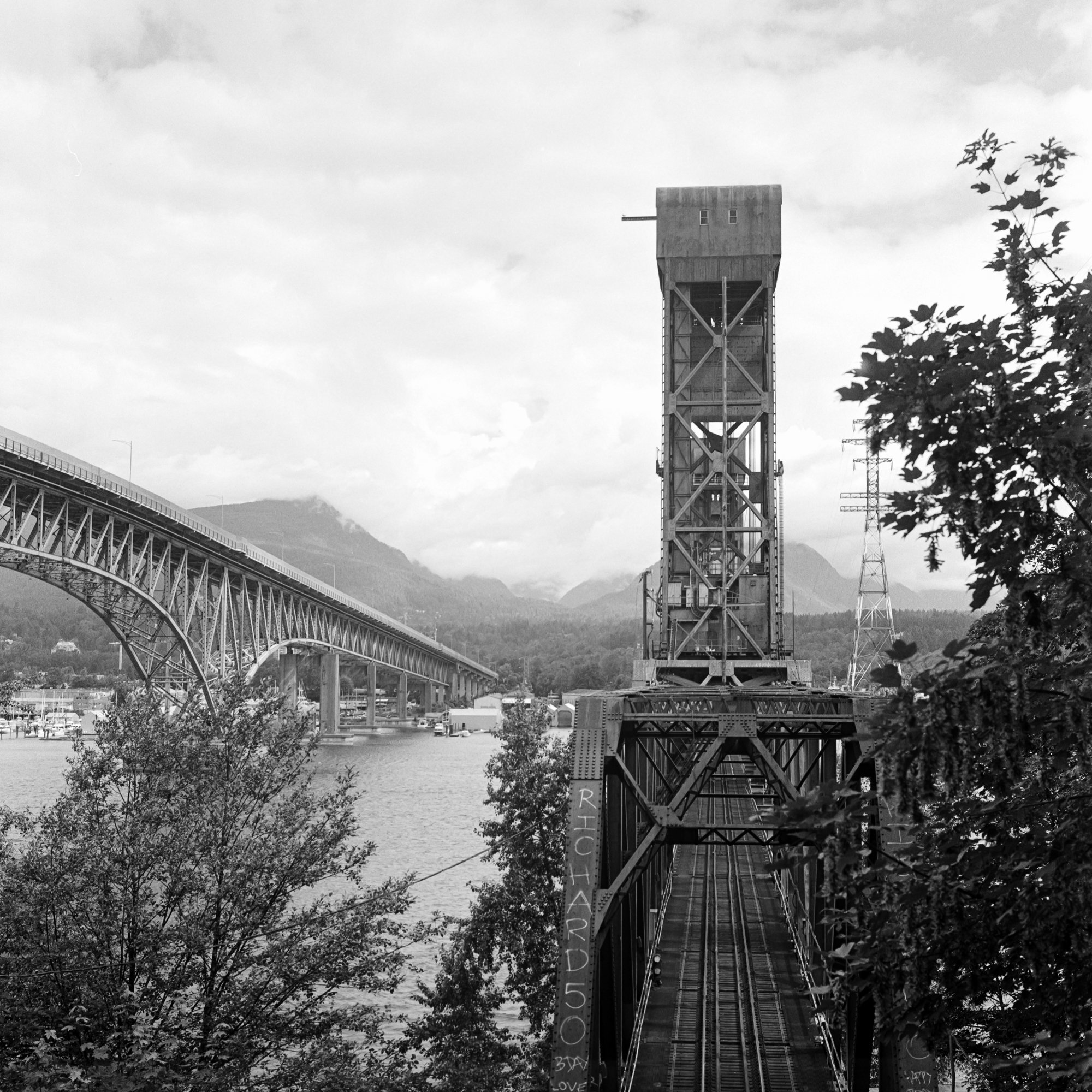As the archive of my negatives has grown to hundreds of rolls spanning fifteen years of shooting film, it has become increasingly difficult for me to organize and make sense of my body of work. The six photographs presented above were taken in late 2010 using two cameras across three rolls of film. When I look at them now, thirteen years later, it’s clear that the younger me was trying to do something with these images. It is now left to the older me to discover what that might have been.
A sequence of photographs conveys a meaning that transcends what a single image can say in isolation; and a different sequence of the same photographs conveys a different meaning. The photographs in a sequence may be linked inter alia by subject, colour, style, composition, or time. The connections between them may be blatantly obvious or deftly subtle, logical or intuitive. Regardless, a sequence is order, and order is semantics—though the semantics may lie beyond expression in language.
Of course, the sequence I present here was imposed well after any of the photographs were taken, which entails that I couldn’t have meant then what I mean now. However, I couldn't have created this sequence now had I not then had the discipline to shoot thematically in a consistent style. This is what I mean when I say that I was trying to do something with these photographs: I had a definite idea of what I was trying to capture (in each single photograph) and I went about it doggedly, even in the face of many failures. I would be giving the younger me too much credit by saying that he was consciously and explicitly laying the foundation for a future book or exhibition of these photographs, but I do not think that it is an abuse of the truth to suggest that he may have anticipated a showing intuitively and that he may have subconsciously sought out subtle resonances between these frames, even across weeks and rolls of film.









